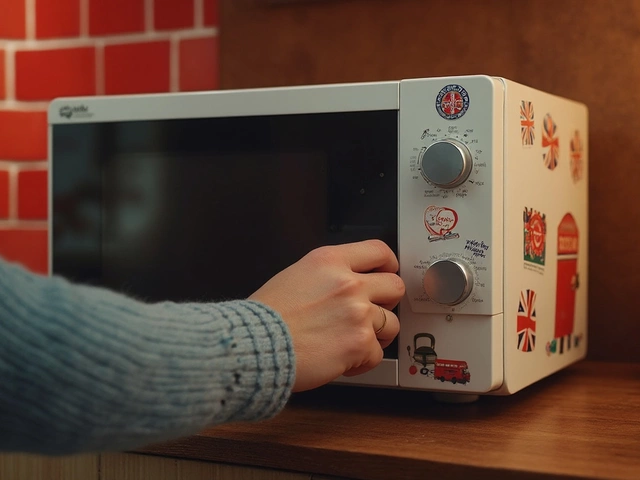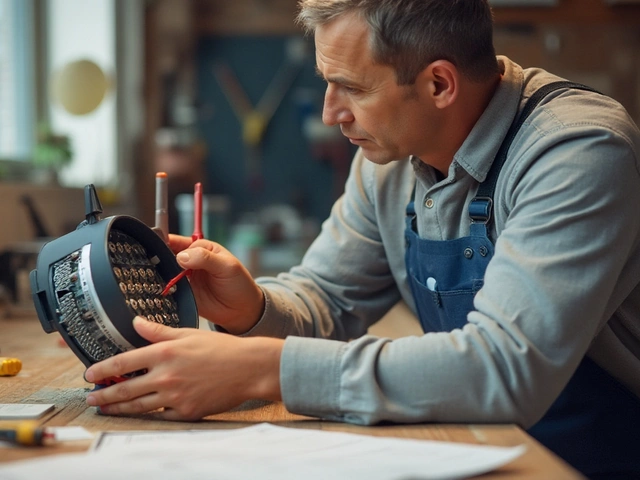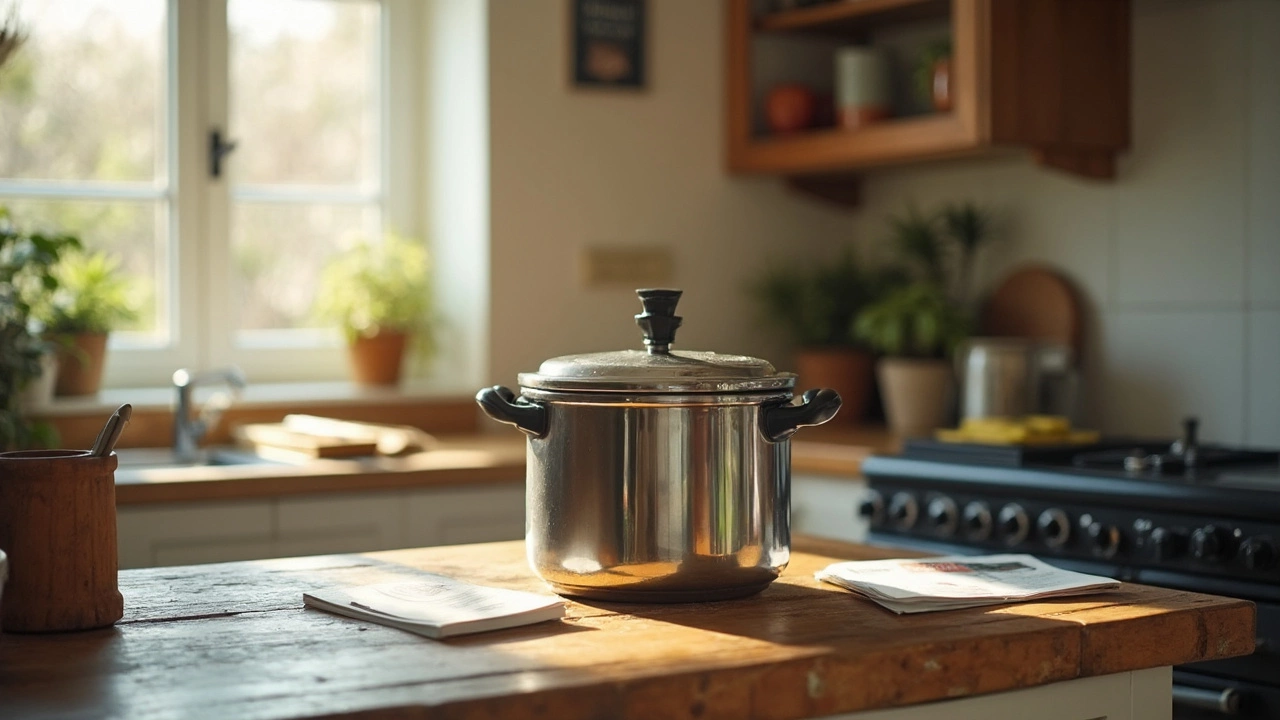Pressure Cooker Maintenance: Simple Steps to Keep It Safe and Working
If you love quick meals, a pressure cooker is a kitchen hero. But if you skip maintenance, it can turn into a safety risk. Below are easy habits that keep your cooker humming, save you money, and give you peace of mind.
Every‑day cleaning that makes a difference
After each use, let the cooker cool, then wipe the lid, pot, and handles with a damp cloth. Make sure no food residue hangs around the sealing ring – that’s the gasket that creates pressure. If you see bits stuck, soak the gasket in warm, soapy water for a few minutes, then rub it gently with a soft brush. Rinse well and dry completely before re‑assembling.
Don’t forget the pressure release valve. A quick dip in a toothbrush and some mild detergent clears any blockage. A clean valve means the cooker vents correctly, preventing over‑pressure situations.
Monthly checks to catch problems early
Every month, inspect the gasket for cracks, tears, or hardening. If it looks worn, replace it – most manufacturers sell them for under £10 and the job is a snap.
Test the safety valve by pouring a cup of water into the pot, locking the lid, and heating it until steam starts to escape. You should hear a steady hiss. If the valve sticks or leaks, it needs cleaning or replacement.
Look at the sealing ring’s underside for food particles or mineral buildup. A quick scrub with a non‑abrasive pad keeps it flexible and airtight.
While you’re at it, check the cooker’s exterior for dents or rust. Even small dents can affect how the lid seals. Light rust can be removed with a fine‑grade steel wool, then wiped dry.
Store the cooker with the lid open or slightly ajar. This prevents the gasket from developing a permanent seal and keeps the interior dry, stopping mold growth.
When you hear strange noises, notice steam that won’t release, or see the pressure gauge stuck, stop using the cooker and call a professional. Ignoring these signs can lead to dangerous failures.
Our Rugby team can check your cooker’s safety mechanisms, replace worn parts, and give you a quick safety certificate. A professional check costs less than a replacement and gives you confidence.
In a pinch, you can buy a replacement gasket online. Just match the model number, follow the simple instructions, and you’re back cooking in minutes.
Remember, maintenance isn’t a chore—it’s the secret to fast, tasty meals without the worry. A few minutes each week keep the pressure cooker safe, efficient, and ready for whatever recipe you throw at it.
Got a question about a specific model or a stubborn leak? Drop us a message and we’ll walk you through the fix or arrange a visit.






